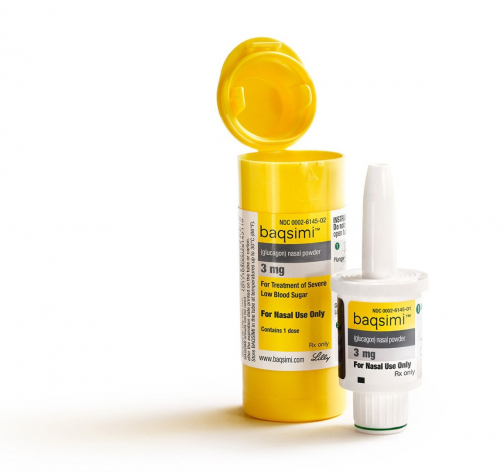Blood Sugar and Fitness
We know regular physical activity is encouraged in managing type 2 diabetes. Along with diet and any prescribed medication, exercise can help you reach your glycemic management goals. But as we work to include fitness into our lives, there are challenges to be aware of such as hypoglycemia, exercising with high blood sugar and learning how to make fitness a priority. If you’re just building a workout routine, knowing the basics of blood sugar and fitness can be the difference-maker in living with type 2 diabetes.
Benefits of exercise and fitness for diabetes
Exercise can do wonders for your blood sugar. As you work out, your body is able to use glucose as an energy source for your body’s cells and improve your insulin sensitivity. This leads to lower blood glucose levels.
Additionally, regular physical activity decreases your risks of cardiovascular disease, stroke, high blood pressure and other chronic illnesses. It also helps you manage stress and as you age, helps prevents fractures from a loss of bone density.
Tips for preventing and treating low blood sugar during exercise
To prepare for hypoglycemia, keep at least 15–20g of fast-acting carbohydrates on hand at all times. Also, note that the risk for hypoglycemia is higher if you skip a meal or exercise strenuously or for a long duration. Aerobic exercise, such as jogging, tends to drive blood glucose down.
When possible, eat a small meal about an hour before working out.
Monitor your blood sugar regularly while you’re exercising and be mindful of the symptoms of hypoglycemia. Hypoglycemia symptoms include:
- Shakiness
- Excessive hunger
- Weakness
- Fast heartbeat
- Difficulty concentrating
Be prepared for a low blood sugar emergency. Get a prescription for glucagon and keep it nearby. If you’re working out with a trainer or with a friend, show them how to use your glucagon (nasal or injectable) so they can treat you in case of an emergency.
Preventing and treating high blood sugar during exercise
Certain high-intensity or anaerobic exercises, such as weight lifting, can stimulate glucose production by the liver, leading to an increase in blood glucose. During these exercises, your muscles need more energy, which is why you’ll see a temporary increase in blood glucose levels. Other anaerobic exercises include sprinting, and high-intensity interval training (HIIT).
Before beginning any workout, check your glucose, as well as during and after. If your blood sugar is too high (252 mg/dL or above) wait until your blood sugar comes down before proceeding with exercise. Your body may not have enough insulin to control your blood sugar. Chat with your doctor on taking blood glucose-lowering medications prior to exercise if your glucose is above 14.0 mmol/L252 mg/dL. Though rare in type 2 diabetes, consider checking for ketones.
 Making time for fitness
Making time for fitness
Struggling to find time include fitness into your life? It’s easier than you think! Consider when you have gaps in time in your day to go for a walk or jog, hit the gym, or even get in a quick workout inside of your own home. If you’re deciding to choose between watching your favorite TV show and walking on the treadmill, you can do both. Stream your show on your phone while you’re on the machine.
Also, you don’t need to go to the gym to become fit. You can dance, play with your kids or your dog, or taking a class at your local community center. There are plenty of ways to incorporate fitness into your lifestyle. You just have to make it fun and easy for you.
Should you focus on weight?
While weight management is encouraged in diabetes management, it doesn’t need to be your sole focus to manage your blood sugar with fitness. You don’t need to be skinny to be fit, but if it’s important to you, talk with your doctor, diabetes care and education specialist, or a nutritionist on setting a goal to lose or gain weight. Exercise is certainly important in reaching your weight goals, and diet is equally important. Check with your healthcare team on creating a personalized diet and exercise plan.
Want to nerd out some more on blood sugar control and fitness? Check out this write-up by diabetes personal trainer, Christel Oreum.
This content was made possible with support from Baqsimi.




